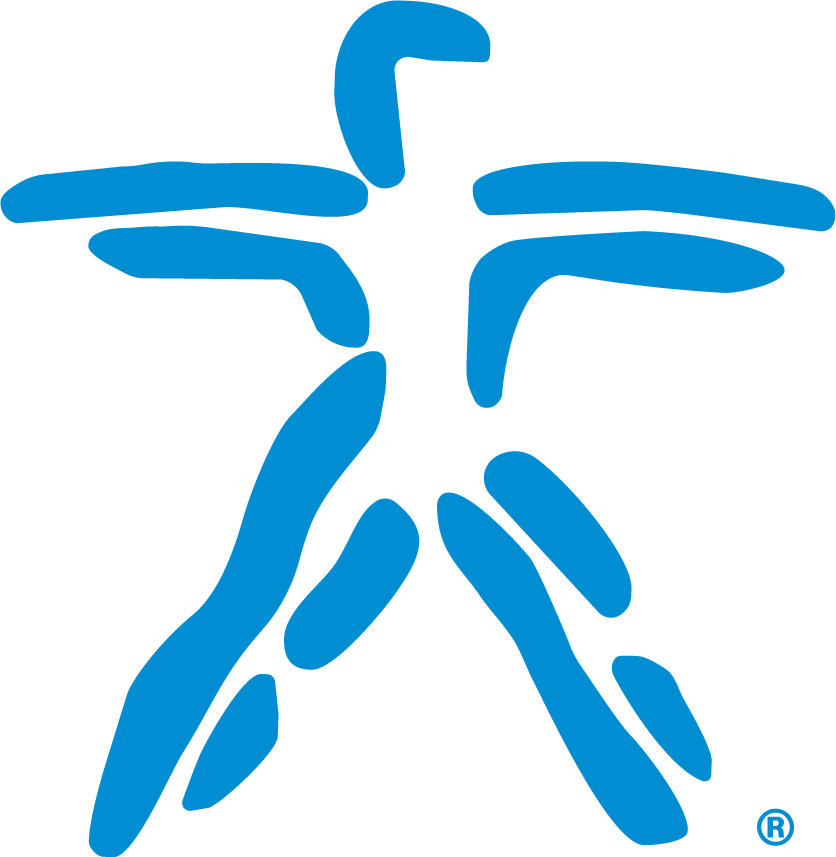Vestibular Rehabilitation
What is Vestibular Rehabilitation?
Vestibular rehabilitation (VR), or vestibular rehabilitation therapy (VRT) is a specialized form of therapy intended to alleviate both the primary and secondary problems caused by vestibular disorders. It is an exercise-based program primarily designed to reduce vertigo and dizziness, gaze instability, and/or imbalance and falls. For most people with a vestibular disorder the deficit is permanent because the amount of restoration of vestibular function is very small. However, after vestibular system damage, people can feel better and function can return through compensation. This occurs because the brain learns to use other senses (vision and somatosensory, i.e. body sense) to substitute for the deficient vestibular system. The health of particular parts of the nervous system (brainstem and cerebellum, visual, and somatosensory sensations) is important in determining the extent of recovery that can be gained through compensation.
For many, compensation occurs naturally over time, but for people whose symptoms do not reduce and who continue to have difficulty returning to daily activities, VRT can help with recovery by promoting compensation.3
The goal of VRT is to use a problem-oriented approach to promote compensation. This is achieved by customizing exercises to address each person’s specific problem(s). Therefore, before an exercise program can be designed, a comprehensive clinical examination is needed to identify problems related to the vestibular disorder. Depending on the vestibular-related problem(s) identified, three principal methods of exercise can be prescribed: 1) Habituation, 2) Gaze Stabilization, and/or 3) Balance Training.
How Do We Maintain Balance?
Normal balance is dependent on many factors, including multiple systems of the body, as well as external and environmental factors.
The body has three primary sensory systems that work together to create postural stability. With normal brain function, the vestibular system of the inner ear coordinates with the visual system and proprioceptors that sense the position and movement of your body in space. These three systems work together while we perform simple tasks, such as standing and walking, or more complex and dynamic activities, such as yoga or hitting a golf ball accurately.
What Causes Dizziness & Imbalance As We Age?
- Impaired Inner Ear Function
- Cardiovascular Health
- Neurological Disease
- Arthritis
- Mental Status
- Nutrition
- Impaired Vision
- Lifestyle and Environmental Factors
